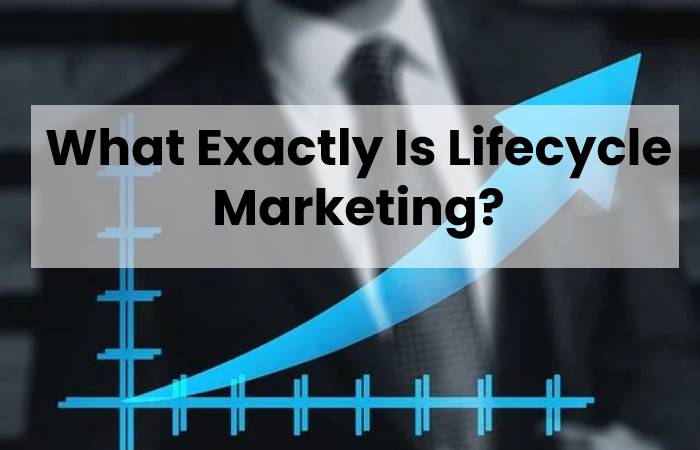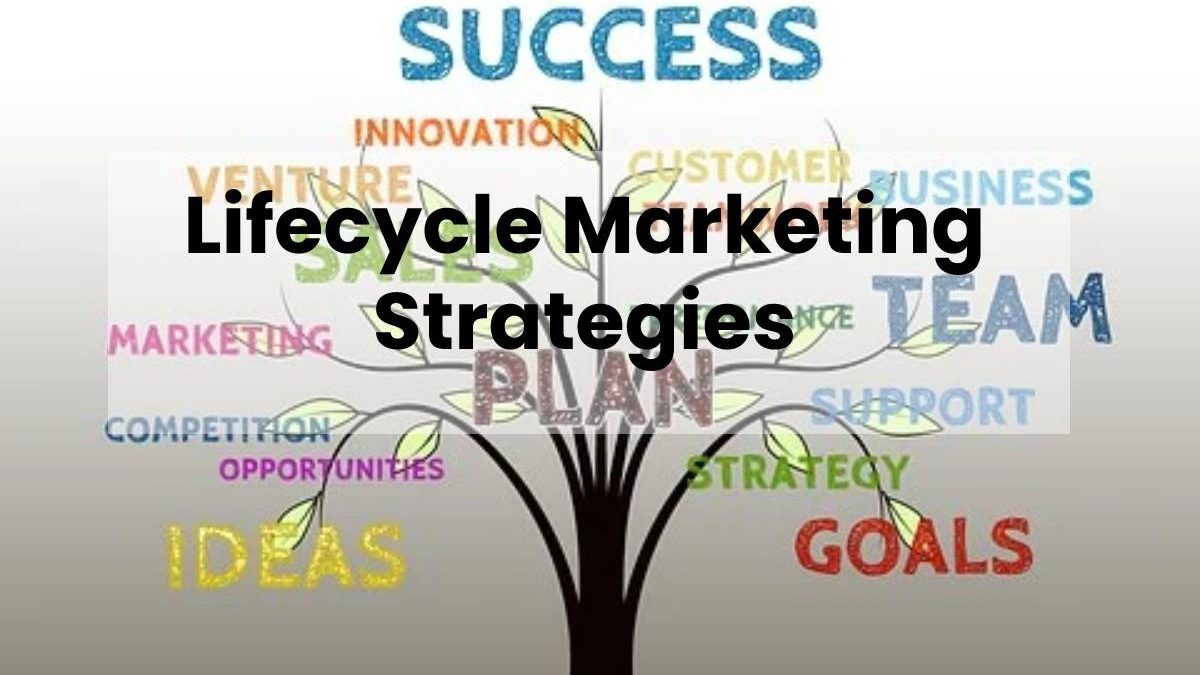Lifecycle Marketing Strategies
Marketing experts understand that capturing people on their first experience with a brand is uncommon. It takes time, intentional connections, and trust to win people over. Fortunately, an approach incorporates all of these factors and more. It’s known as lifecycle marketing and how businesses attract and retain customers beyond the initial impulsive buy.
Every company develops its lifecycle marketing plan, but the goal is to engage consumers, raise revenue, and expand a brand.
Instead of the buyer’s journey or conversion funnel, lifecycle marketing considers a consumer long after they complete a purchase. The goal is to attract customers and convert them into ardent brand champions.
What Exactly Is Lifecycle Marketing?
Lifecycle marketing is the combination of methods a firm uses to favourably affect consumer behaviour as they progress through the marketing cycle, from initial attraction to becoming a brand ambassador.
A lifespan might be brief or lengthy. Companies with shorter cycles, such as Nespresso or Whole Foods Market, must entice customers to return practically soon after purchasing.
Companies with longer lifecycles, such as Mercedes or Avocado Mattress, rely on client retention and advocacy to attract new customers. The ultimate objective is always to attract new consumers and keep them returning.
Any lifecycle marketing strategy includes multiple stages regardless of cycle length. Understanding these will allow you to address your audience’s individual demands at each step, whether they are a leader, a first-time buyer, a repeat client, or a lapsed customer. Look at the critical lifecycle stages listed below.
The Lifecycle Marketing Stages
1. Awareness
It is the first time potential clients hear about your firm. At the top of your conversion funnel is your opportunity to capture people’s attention and draw them further into your funnel.
2. Participation
During the engagement cycle, people begin interacting with your brand. They’re interested in your services and want to learn more about them, whether they subscribe to your email list, follow you on social media, or browse your website.
3. Assessment
The assessment stage is all about making choices. It is the moment to make it simple for customers to pick your brand by giving accurate information on features, pricing, and value.
4. purchase
Congratulations! Anyone who gets beyond this level is a client. Your objective here isn’t to advertise your brand, but to make the purchasing process as easy as possible, so customers can easily click “Buy.”
5. Support
It’s critical to ensure that you address your customers’ post-purchase demands, as individuals tend to abandon their purchases after the first transaction. That is why the support stage remains concerned with following up to ensure that consumers are pleased and that the value of their investment remains maximised.
6. Loyalty
Customers reach this level when they are so pleased with your product that they tell everyone they know about it. Also, You want to cultivate their advocacy to keep their business and bring in new buyers.
Strategy for Lifecycle Marketing
The foundation of successful lifetime marketing is strategy. Without it, you will most likely attract the incorrect leads and squander your investment on people who will not become brand evangelists. Also, You can use it to:
- Increase your consumer base by providing a better purchasing experience.
- Increase sales by converting one-time clients into recurring consumers.
- Convert customers into brand champions who rave about your business.
- Increase your marketing ROI and customer lifetime value.
The most excellent tactics consider how consumers engage with your brand at various phases of its lifespan. Also, Here’s an illustration of leveraging several marketing channels throughout the entire cycle.
Although, A basic approach may work effectively for your organisation, or you may need to add more touchpoints and channels inside each step. A tiny art gallery, for example, may utilise social media, email, a website, and events to attract artists and possible purchasers.
Conclusion
What exactly is lifecycle marketing? A lifecycle marketing plan remains often divided into three phases: collect, convert, and create. Also, Each stage remains divided into three steps incorporating fundamental concepts and tactics to form a single, autonomous process.
Search related:
[lifecycle marketing examples]
[lifecycle marketing campaigns]
[lifecycle marketing model]
[lifecycle marketing best practices]
[lifecycle marketing vs growth marketing]
[crm lifecycle marketing]
[lifecycle marketing channels]
[lifecycle marketing stages]
Also read: The CryptoApp Is Not Working

